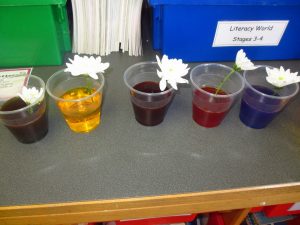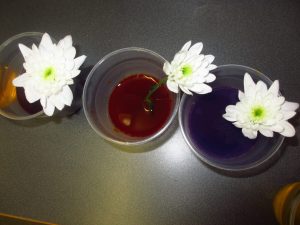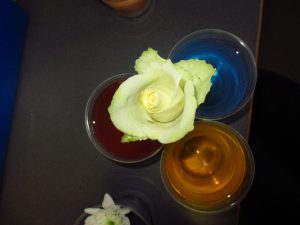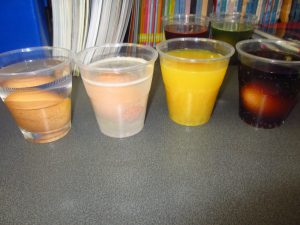Term 1 has been a very busy term for us here in Cullivoe. We have learnt a lot and achieved a lot too. Here is what we have to say about our learning and our term!
Numeracy
Primary 2 – we have been learning our 2x table and what greater than and less than means and looks like. It was easy!
Primary 3 – We have been learning our 3x table and have worked hard in numeracy. We liked learning about place value.
Primary 4 – we have been learning the 8x table!
Primary 5 -we have been learning the 8 and 9x table. We have been playing beat my score which is really fun!
Literacy
We have all been learning about newspaper reports and the features of these. We have enjoyed learning about this and writing our own articles! We know that a newspaper needs a name, headlines, it has to be interesting, it is written in paragraphs, they have adverts in them, they are written in the 3rd person. We could give you more but that’s enough for now.
P5-7 have also been learning about superlative and comparative adjectives and looking at dictionary skills as well as recapping punctuation and developing comprehension and reading with expression.
Health and Wellbeing
We have been learning about the body and the organs. Here are a few that we have looked at: lungs, small and large intestine, pancreas, heart, liver, kidneys, stomach, bladder, gall bladder, oesophagus, rectum and the brain.
We have done an experiment which looked at the digestive system. It was really fun but also disgusting!
We had a couple of visitors in to talk to us about our topic. The health improvement practitioner talked to us about how to keep our body healthy. We had a scientist come in to talk to us about her work and different diseases/how to keep ourselves healthy.
The younger ones have been looking at throwing and catching in PE whilst the older ones have been learning about netball.
Other things within the school
Primary 4 have really enjoyed learning the recorder and have picked it up well.
We had our termly concert on Tuesday which was really good. The recorder players, both primary 4 and 5, all nailed their tunes which was fantastic!
The JRSOs have had a visit from a police officer to show them how to use a speed gun.
The pupil council have organised a coffee morning to support the charity Macmillan cancer support.
P4-7 have been learning about the global goals in eco this term. We have been picking topics to look at; life below water.
We have been learning to have a conversation in French and the older children have been looking at food.
Our feel good song we learnt this term was ‘Always look on the bright side of life.’
We focussed on article 24 of the United Nations Convention on the Rights of the Child which is: You have the right to the best possible health.
We took part in a STEM challenge to make a bridge for the three billy goats. We were in groups and had to design and make a bridge that would hold the 3 billy goats and the troll! It was really fun and we worked really well as a team. The bridges were all successful and held a lot of weight!
Out with school
We took part in the Harvest service and performed our Harvest Samba.
We had a lot of prize winners at the Yell Show AND Cullivoe Primary School have been awarded a trophy for the most prize winning entries!!
A few of the children have made the achievement wall this term due to passing their deep end test, winning medalsat various things. So a big well done!
Only 2 more days of school everyone! We are excited for the holidays and for Halloween.

















































